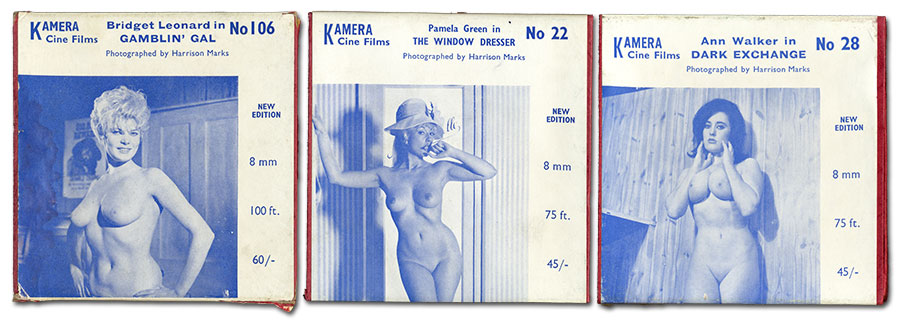
Publishers, such as George Harrison Marks quickly realised the potential 8mm film offered and before long the come hither curves of June Palmer, Vicky Kennedy and Paula Page were actually moving. It was like having a new girlfriend but without the Saturday night seduction — they disrobed at the flick of a switch: the battle of the bra-strap was over!
George first announced that his cine films were in production in issue 23 of Kamera. It wasn’t until seven months later, however, in issue 30 that the first seven titles were advertised for sale.
They were:
1. Art for Art’s Sake featuring Pamela Green & Jean Spaul
2. Cat’s Cradle featuring Rona Scott
3. Attic Queen featuring Virginia Green
4. Making Hay featuring Paula Page
5. (101) A Flat Spin featuring Mary Deighan
6. (102) Cover Girl featuring Erica
7. (103) All in a Days Work featuring Paula Page
For some odd reason when released, the last three films were given different numbers: 101,102,103. They were all black and white, without a soundtrack and available in 8mm or 16mm. The less popular 16mm, but better quality format, was eventually dropped.
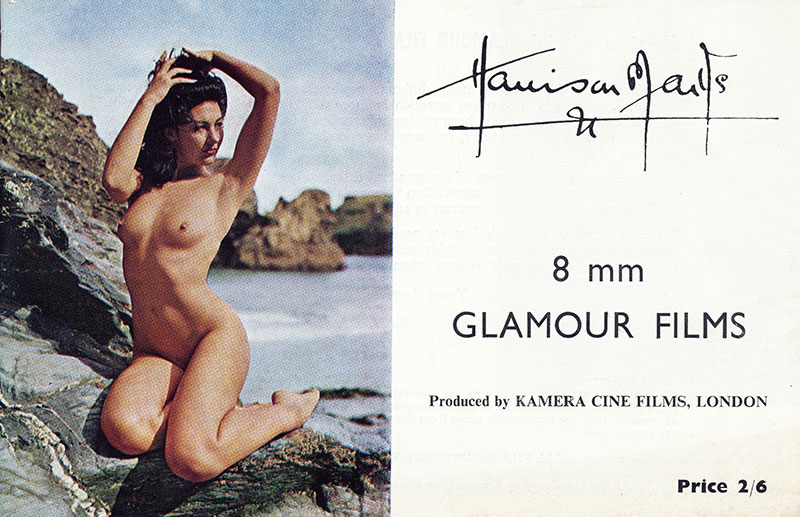
Issues 32 Kamera carried an advert for a series of films called Wonderful London. These films were George’s attempt to capitalise on London’s tourist trade. I suspect, however, the films didn’t do well as the advert only appeared the once.
A further seven glamour titles were announced in issue 35 of Kamera, and issue 36 mentioned 12 new films, but didn’t give any details – you had to apply for a 16-page catalogue. It wasn’t until issue 48 in 1962 that any details of the new films appeared. On the inside cover of issue 50, all the currently available titles were listed for the first time, but in no particular order and not numbered. There were 40 in all, and the same advert appeared in the next six issues.
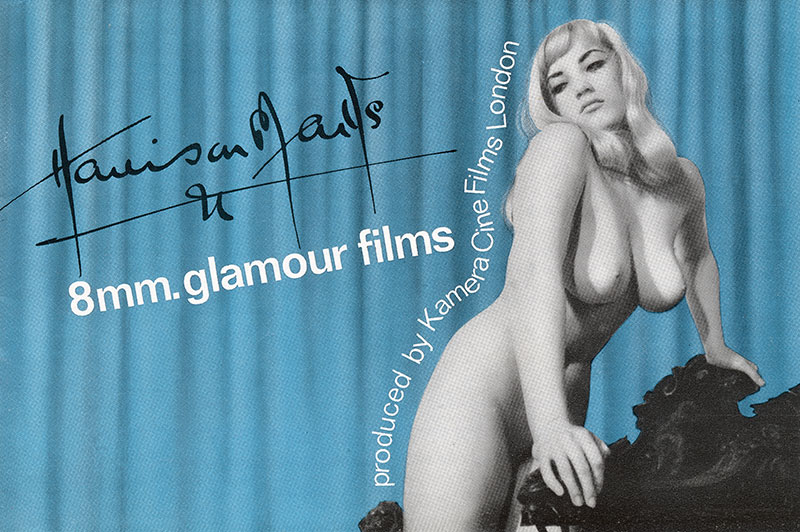
After that, there were occasional adverts for new films, and in issue 66 the first advert for a colour film appeared — Dream Goddess, starring June Palmer, which was shot on the Roman set built for the feature film The Naked World of Harrison Marks.
The production of these short Glamour films continued for some twelve months or more after Kamera Publications ceased trading in 1968. Issue 79 of Kamera sees the last advert for a film under the Kamera Cine Films banner: film number 87, Rosalie (Keep Young and Beautiful). He seems to have made only two more films with Kamera Cine Films after that. In the penultimate issue of Kamera, number 88, he lists for the first time “a new and exciting series of Harrison Marks’ Glamour”. These are numbered from E.1 to E.21.
Being superstitious, Harrison Marks didn’t number any of his Kamera Cine Films no.13.
After the Kamera companies went into liquidation in 1969, Harrison Marks formed a new film company called Maximus, which re-released his earlier films. He continued making movies for both the home and continental markets, but by the mid-seventies, Harrison Marks had moved into making hardcore films and his name no longer appeared on all his productions.
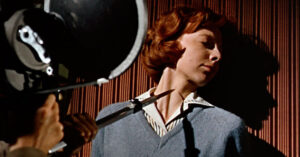
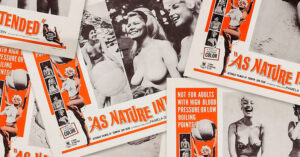
Maybe by giving them higher numbers, he wanted to give the impression it was a bigger operation and that he had a larger library? It’s the reason invoice numbers start with 1000 rather than 0001, to create a more professional image.
I had a friend who worked for George. Stills and movie. I only ever saw stills. Those A5 size magazines. All in colour. 60’s and early 70’s I think. Looked like he was having fun doing them! He did softcore and hardcore movies at the same time. The editing made that possible I suppose. Not sure if his wife knew but his 2nd wife certainly didn’t. She didn’t even like watching porn. Lucky for me my wife did and still does!
Brings back happy memories of watching films like this. Tame compared to what I watch now but back then, amazing.